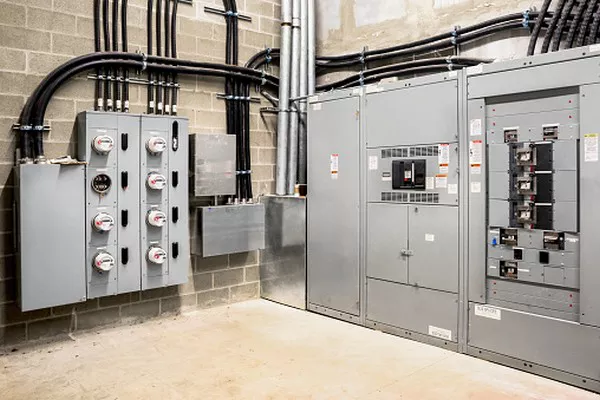Accidents happen, and when it comes to water and electricity, the consequences of a mishap can be severe. Spilling water near electrical equipment can pose serious risks to both people and property. While it’s essential to prioritize safety in such situations, panicking is not the solution. This article aims to provide a comprehensive guide on what to do if you accidentally spill water near electrical equipment. By following these steps and understanding the potential hazards, you can minimize the risk of injury and damage.
Assess the Situation
The first step is to remain calm and quickly assess the situation. Determine the extent of the spill and identify the electrical equipment that may have been exposed to water. If it is a minor spill, you may be able to handle it on your own. However, if the spill is substantial or involves high-voltage equipment, it’s best to call for professional help immediately.
Turn Off the Power
Your immediate priority should be to cut off the power supply to the affected area. Locate the main electrical panel and switch off the circuit breaker or remove the fuse that corresponds to the area where the spill occurred. This will prevent electricity from flowing through the water and reduce the risk of electric shock or equipment damage.
Unplug the Equipment
After turning off the power, unplug all electrical devices and equipment that may have come into contact with water. If you cannot access the power cord safely, refrain from attempting to unplug it yourself and wait for a qualified professional to handle the situation.
Drying the Area
Once the power is disconnected and the equipment is unplugged, begin the drying process. Use dry towels, mops, or absorbent materials to carefully soak up any visible water. Do not use electrical appliances, such as hair dryers, to speed up the drying process, as this can be dangerous.
Isolate the Area
Keep people away from the affected area until it is completely dry and safe. If the spill occurred in a public space or workplace, use barriers, signs, or caution tape to prevent access. Restricting access to the area will reduce the risk of accidents or injuries.
Assess the Damage
After the area is dry, examine the electrical equipment for any signs of damage. Look for discoloration, corrosion, or unusual smells. If any equipment appears damaged or shows signs of water intrusion, do not attempt to use it. Instead, seek professional inspection and repair services to ensure it is safe to operate.
Wait for Professional Inspection
Even if the equipment appears to be dry and undamaged, it is still essential to have it inspected by a qualified electrician or technician. Water may have seeped into internal components, posing hidden risks. Professional inspection will help identify potential issues that might not be immediately apparent.
Restoring Power
Only restore power to the affected area or equipment after you have received clearance from a qualified professional. They will ensure that the equipment is safe to operate and that there is no risk of electric shock or further damage.
Preventive Measures
While accidents cannot always be avoided, there are several preventive measures you can take to minimize the risk of water-related incidents near electrical equipment:
Install Ground Fault Circuit Interrupters (GFCIs): GFCIs are designed to quickly shut off power when they detect a ground fault or electrical leakage. Installing GFCIs near water sources can significantly reduce the risk of electric shock.
Elevate Electrical Equipment: If possible, keep electrical equipment, outlets, and power strips elevated from the floor. This will help prevent water from reaching them in case of spills or flooding.
Use Water-Resistant Equipment: In areas where water exposure is likely, consider using water-resistant electrical equipment. Water-resistant covers for outlets and power strips can also provide an extra layer of protection.
Regular Maintenance: Schedule regular inspections and maintenance for all electrical equipment to ensure it is in good working condition and to detect any potential issues before they become hazards.
Conclusion
Accidental spills near electrical equipment can be nerve-wracking, but responding promptly and correctly is crucial to ensuring everyone’s safety and preventing damage. Always prioritize safety by turning off power, unplugging equipment, and drying the area. Seek professional help for inspection and repairs to guarantee that all electrical components are safe to operate. By following preventive measures and exercising caution, you can minimize the risks associated with water and electricity, creating a safer environment for everyone.

